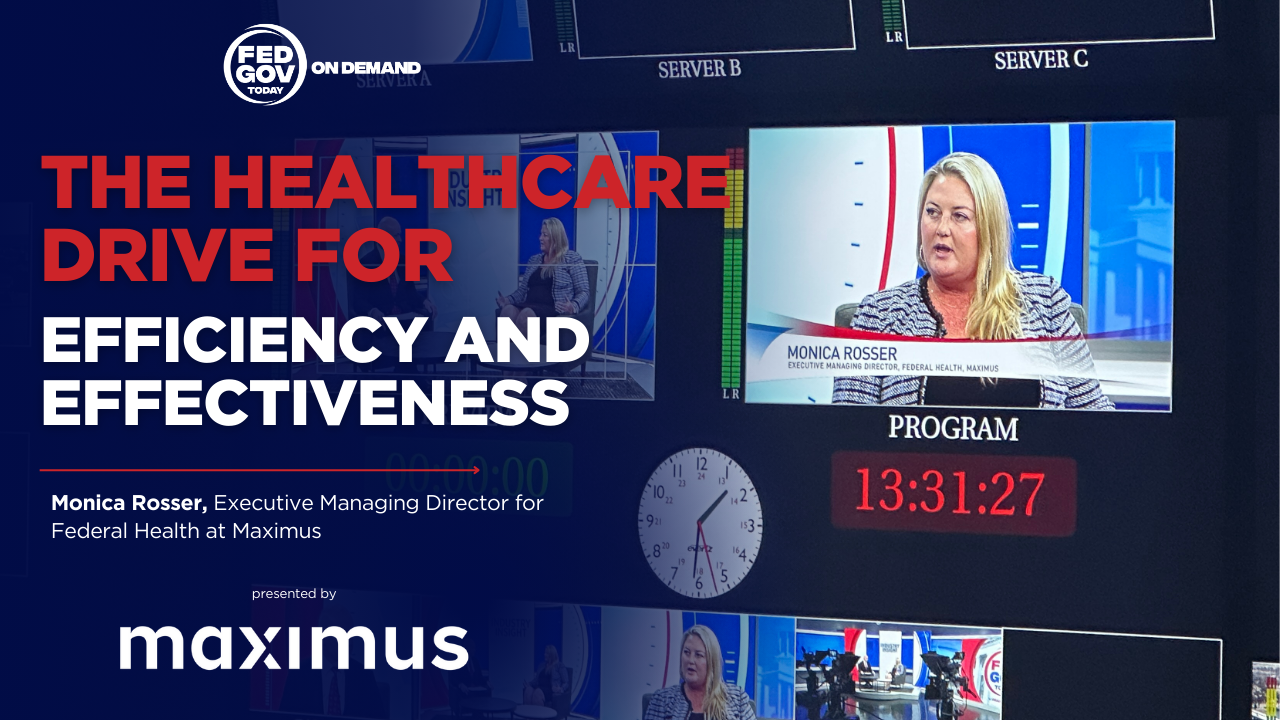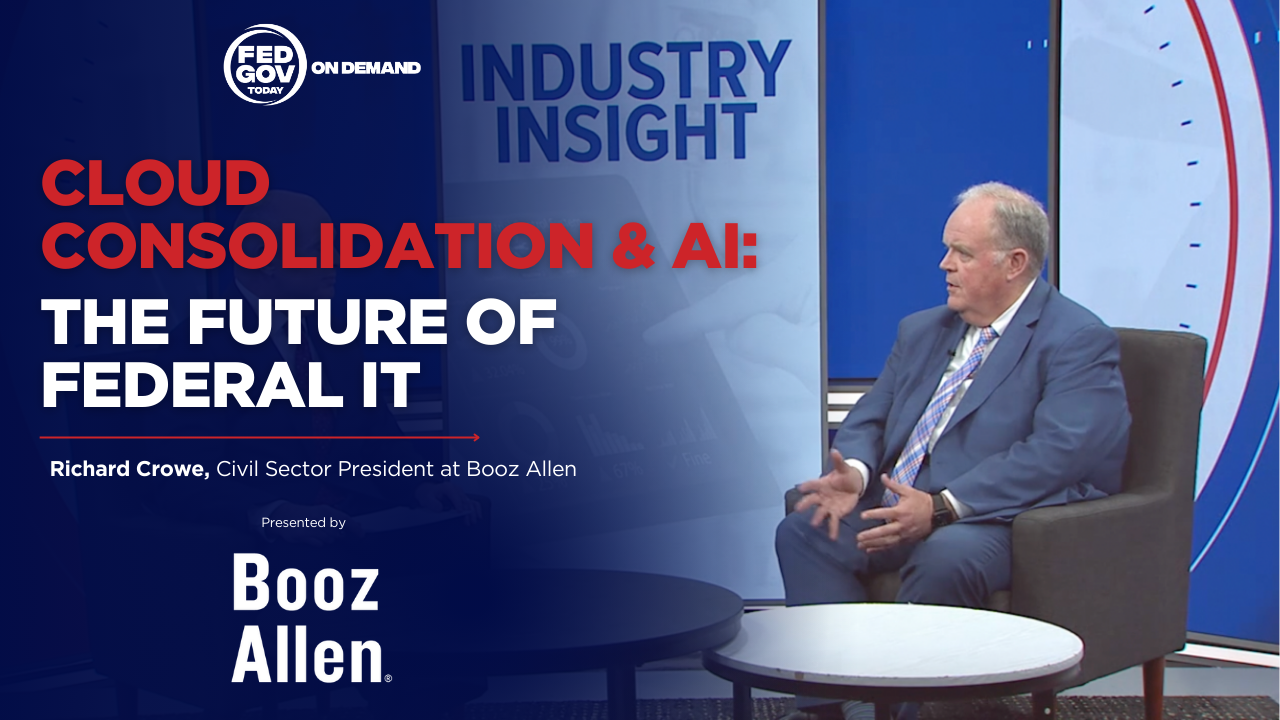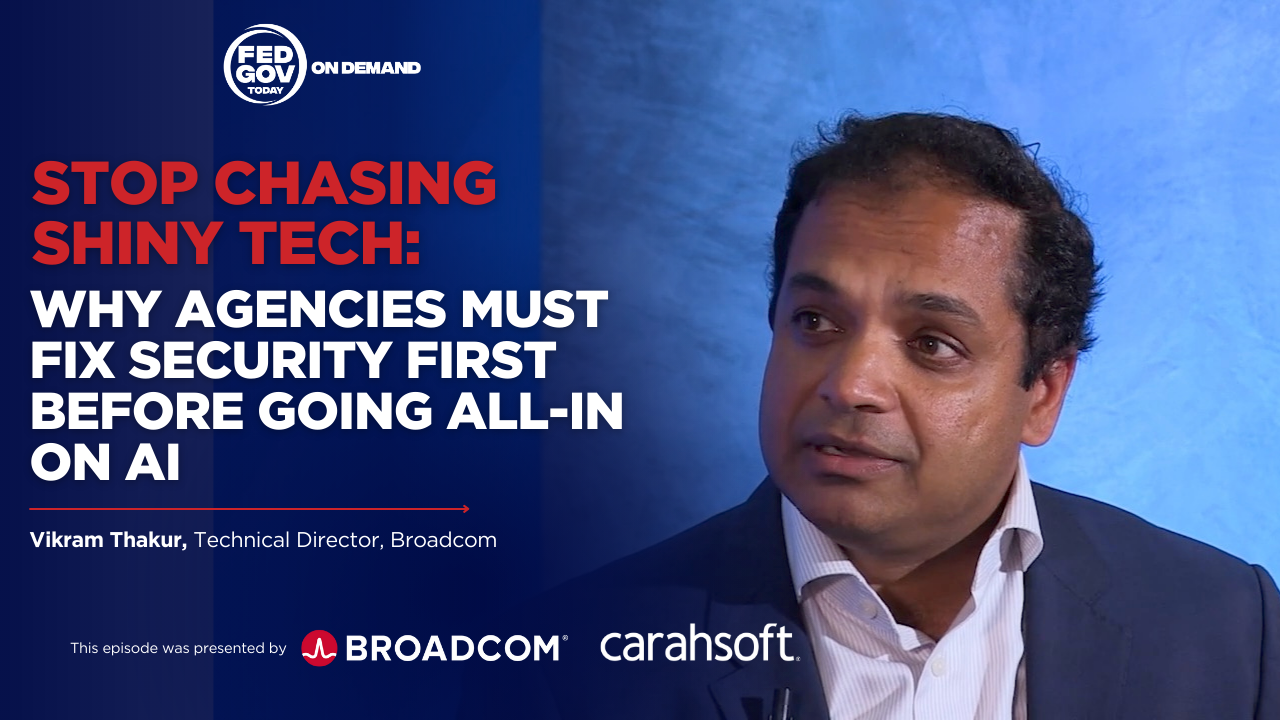Presented by Maximus
In this episode of Fed Gov Today with Francis Rose, Ron Leidner, Vice President of Client Engagement at Maximus and former Senior Advisor at the IRS, joins to discuss how stronger collaboration between business and IT leaders can transform the way government delivers services—especially during challenging times like a shutdown.
Leidner begins by emphasizing a simple but powerful principle: agencies must establish business intelligence before artificial intelligence. He explains that too many organizations rush to implement new technology—particularly AI—without first understanding their business goals or the outcomes they want to achieve. “You’ve got to have a business reason first for why you’re going to do it,” he says. Otherwise, AI becomes “a bright, shiny thing” that adds no real value to taxpayers or agency missions.
To solve this, Leidner introduces what he calls a business-led, collaborative solutioning model. In this approach, IT and business teams work together from the very beginning to define outcomes, develop business cases, and deliver measurable results. He says this shared model ensures both groups are accountable for success. “It’s a shared responsibility with 100% accountability on both sides,” he explains. IT may control much of the budget, but business leaders must be equally engaged to ensure the investment delivers the right outcomes.
Leidner notes that for decades, IT projects in government were often driven solely by technical priorities rather than mission goals. Business units would “throw projects over the wall” to IT, assuming their technology partners would make it work. That model, he argues, no longer fits the modern government environment, where agencies must move quickly and deliver measurable improvements.
He describes today’s environment as one where velocity matters—leaders can no longer afford multi-year modernization efforts that promise big results only at the end. “In government, it’s been big bang,” he says, referring to large projects that take years to implement. “You go three years and you find out the relationship between the business and IT has eroded, and the business doesn’t get what they expected.” Instead, Leidner advocates for incremental, value-driven transformation—delivering smaller, high-impact solutions along the way so agencies can see continuous improvement and progress.
This approach, he explains, reduces risk, increases agility, and helps maintain alignment between business and IT leaders throughout the process. “You lay out the whole thing and then say, incrementally, how can we provide value for the business as we go along?” he says. That way, agencies not only achieve their long-term modernization goals but also demonstrate meaningful results and accountability throughout the journey.
results and accountability throughout the journey.
Leidner also highlights how collaboration builds trust and strengthens internal culture. When IT and business teams work together, each side better understands the other’s constraints and goals. IT leaders become more responsive to mission needs, and business leaders gain a clearer view of technological possibilities and limitations. This shared understanding, he says, is what ultimately moves the contracting and modernization needle across government.
The conversation also touches on risk management and adaptation. Leidner acknowledges that the balance between business and IT roles varies by agency and mission. In some cases—like replacing hardware or servers—IT takes the lead. But when technology supports service delivery or mission operations, business leaders must be fully involved. “It depends on the instance and what you’re doing,” he says, reinforcing that collaboration is not one-size-fits-all but must be tailored to context.
He sees today’s modernization efforts as a rare opportunity to rethink business processes, not just update technology. Too often, agencies focus on keeping legacy systems running rather than transforming how work gets done. Leidner urges leaders to use modernization as a chance to rebuild workflows around mission outcomes. “If we’re transforming, let’s make sure we’re building a workflow that meets business needs,” he says. That requires courage, he admits—a willingness to rethink old policies and take risks to achieve real transformation.
Leidner concludes by returning to his central message: the key to success in modernization and AI adoption is collaboration with purpose. Agencies that align technology with mission goals, empower both IT and business teams equally, and deliver value in smaller, measurable steps will not only modernize faster but also rebuild confidence in federal innovation.
"When you build that collaborative framework,” he says, “you get accountability, responsibility, and real results.” His insights underscore a crucial truth for federal leaders: modernization isn’t about chasing technology trends, but about uniting people, processes, and technology around mission-driven outcomes.



